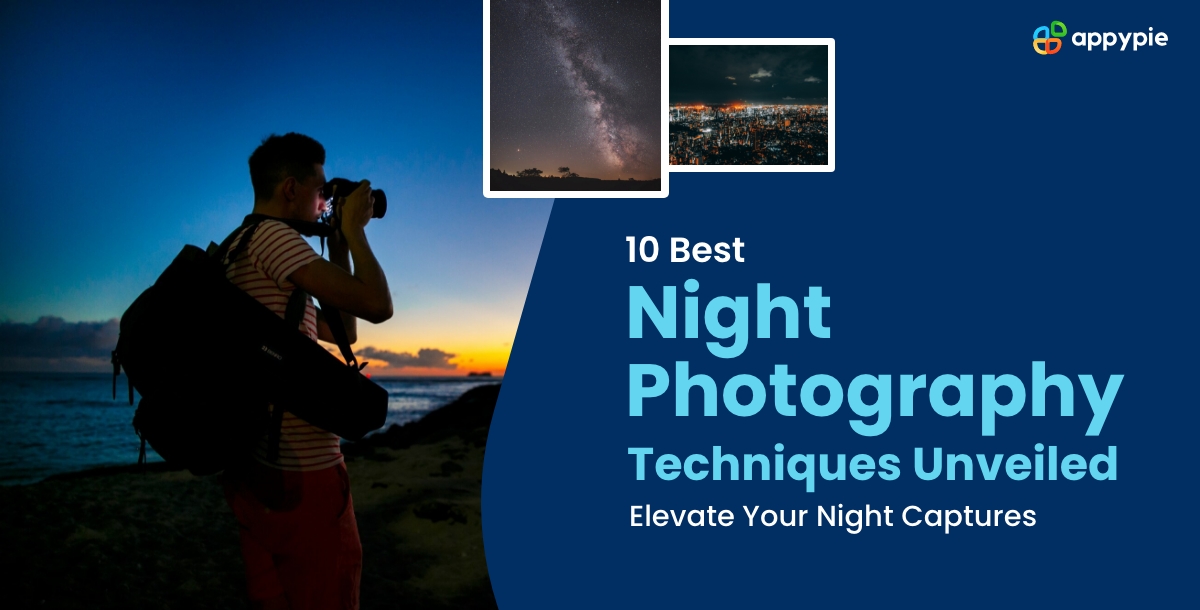10 Best Night Photography Techniques Unveiled- Elevate Your Night Captures

Night photography presents a unique challenge and opportunity for photographers, offering a new perspective on familiar scenes. Whether you're looking to capture the starry sky or the vibrant lights of a city, understanding the basics of shooting night photography is crucial. This blog aims to equip you with practical night photography techniques, ensuring your nocturnal ventures yield stunning results.
Exploring night photography opens up a world of creative possibilities. From the serene quiet of night time photography to the bustling energy captured in urban settings, the night offers a canvas like no other. However, to effectively capture these moments, one must navigate the challenges that come with low light conditions. This guide provides night photography ideas, tips for night photography, and detailed techniques to enhance your night photography skills, whether you're at home or out exploring the night.
What is Night Photography?
Night photography refers to the practice of photographing scenes during the nighttime. It encompasses a wide range of subjects, from landscapes lit by the moon to cityscapes brimming with artificial lights. The essence of night photography lies in its ability to highlight contrasts between light and darkness, creating compelling and dynamic images.
Engaging in night photography demands a blend of technical skill and creativity. It's not just about shooting night photography; it's about capturing the mood and atmosphere unique to the nocturnal hours. With the right night photography tutorial and a handful of creative night photography ideas for beginners, anyone can start capturing the magic of the night. The key lies in understanding the techniques and settings that allow you to capture sharp, well-exposed images in low light conditions.
Ten Master Tips for Night Photography
Before diving into the specific techniques, it's important to grasp the fundamentals of night photography. From mastering how to focus night photography to employing innovative night photography ideas at home, each technique aims to enhance your ability to capture the beauty of the night effectively.
-
Master Manual Mode - Embrace Full Control Over Your Camera
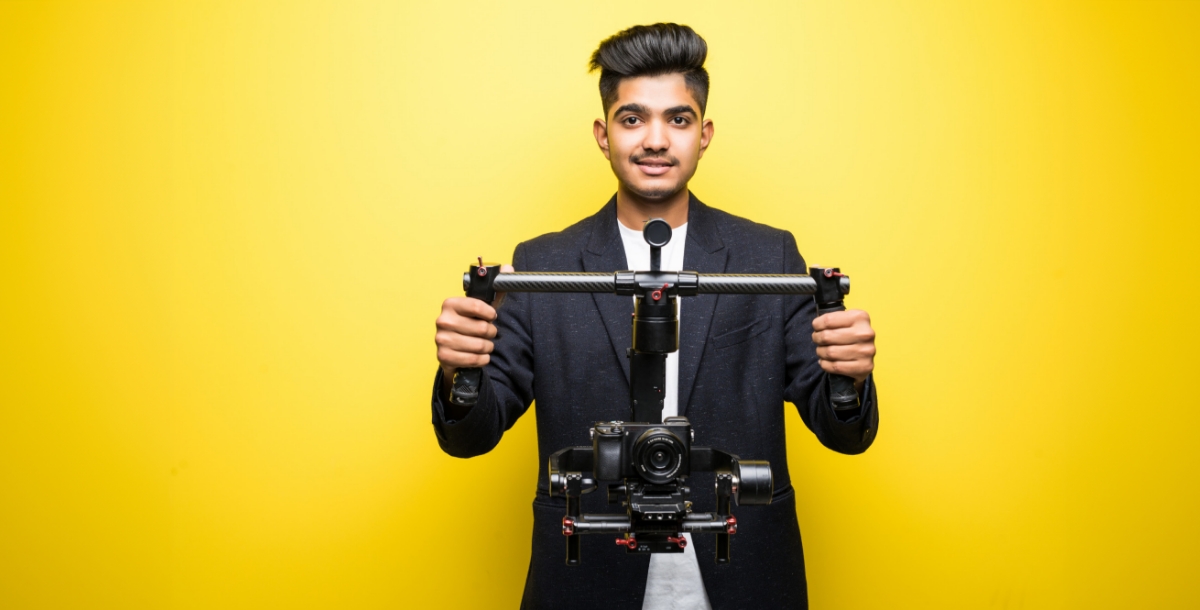
Shooting in manual mode is essential for night photography. It gives you complete control over aperture, shutter speed, and ISO, allowing you to adjust your settings based on the lighting conditions. Start by setting a wide aperture to let in as much light as possible, then adjust your shutter speed and ISO accordingly. Experimenting with different combinations will help you understand the impact of each setting on your final image.
Integrating technology like an AI Photo Enhancer can significantly improve the quality of your night shots. After capturing your images, using such tools can help to bring out details and reduce noise, further refining your photos.
-
Use a Tripod - Stability is Key for Sharp Images
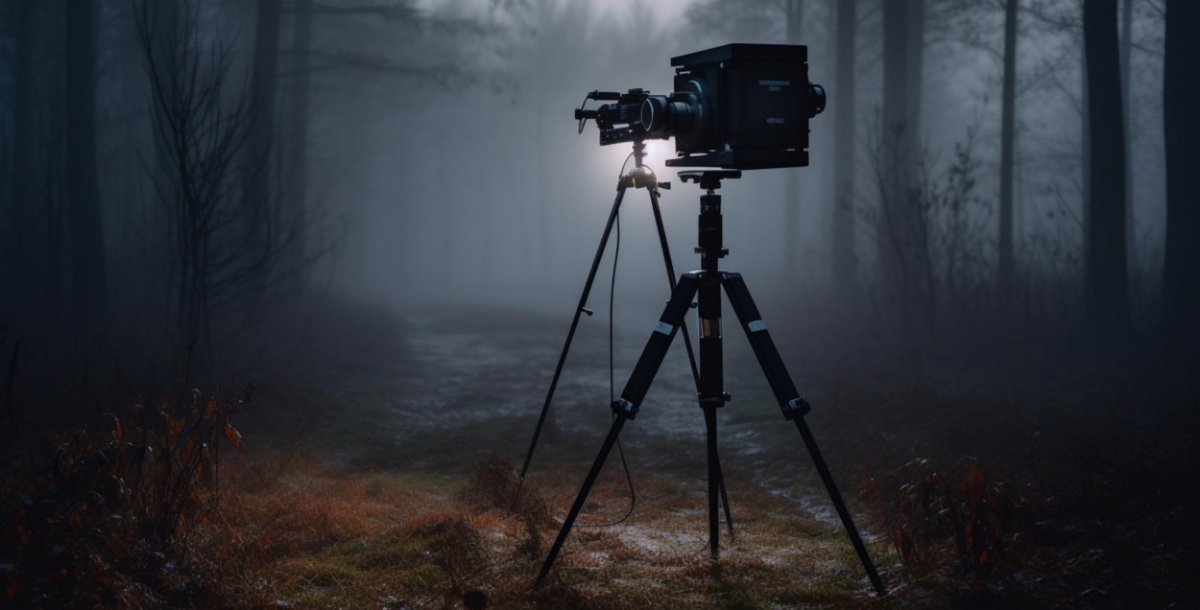
A tripod is indispensable for night photography. Long exposures required to capture enough light can easily lead to blurred images if the camera moves even slightly. A sturdy tripod ensures your camera remains stable, producing sharp images. Additionally, using a remote shutter release or your camera's timer can minimize camera shake from pressing the shutter button.
Moreover, incorporating a Photography Flyer Maker into your workflow can assist in showcasing your night photography skills. Create professional flyers to promote your work or photography events, using images that demonstrate the sharpness and clarity achieved with the help of a tripod.
-
Explore Long Exposure
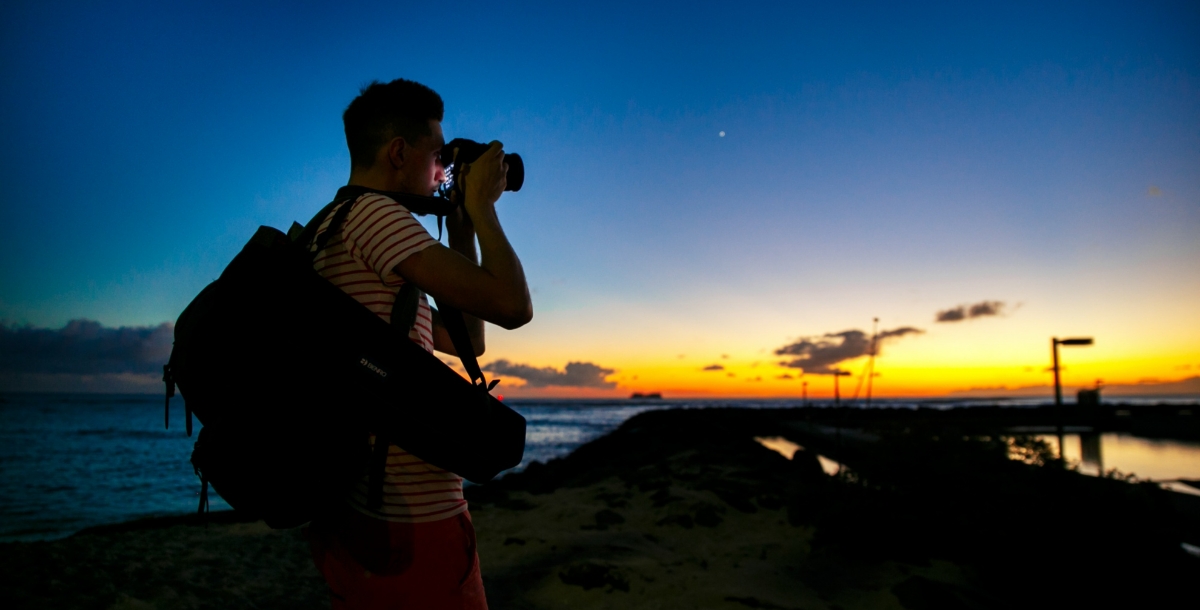
Long exposure photography is a hallmark of night photography. It allows you to capture trails of light from moving objects, such as cars or stars, creating dynamic images full of motion. Start with exposures of a few seconds and adjust based on the effect you wish to achieve. Remember, the longer your exposure, the more light you'll capture, so use a low ISO to avoid overexposure.
Also, you can use a photo editor powered by AI to remove objects from photos if they appear as unexpected elements that enter your long exposure shots. This allows you to maintain the focus on your intended subjects, ensuring the purity of your long-exposure captures.
-
Experiment with Light Painting
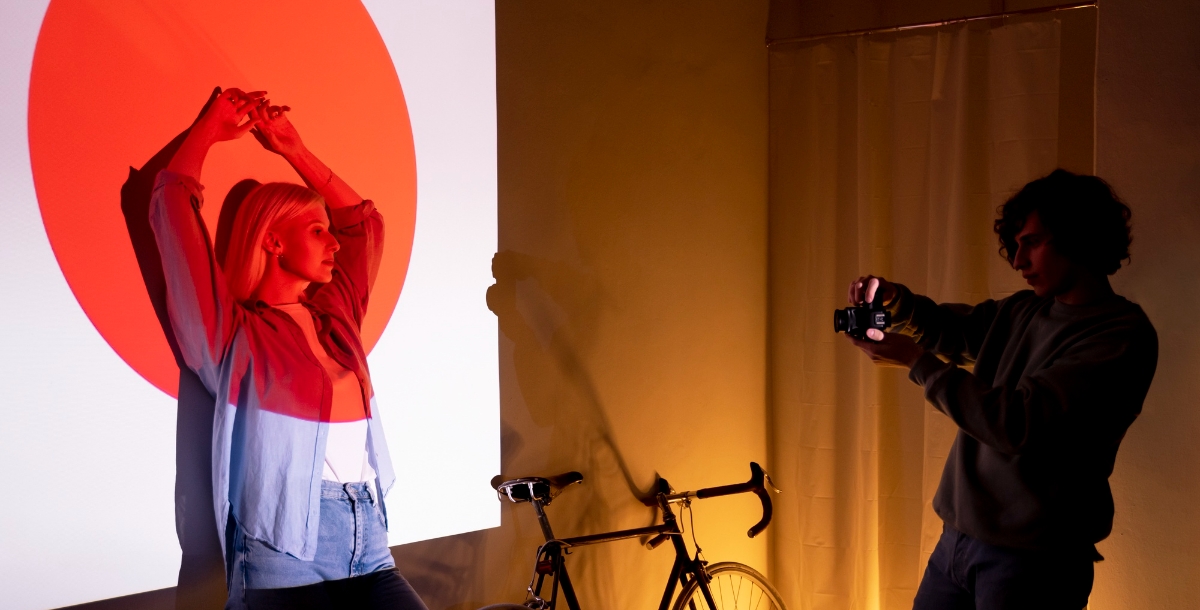
Light painting involves using a movable light source to illuminate parts of your scene or create patterns in the air during a long exposure. This technique can add a unique and creative touch to your night photography. Use a flashlight or colored LED lights, and experiment with different movements to discover the effects you can create.
Additionally, integrating a Photography Business Card Maker can help you network effectively, especially if you specialize in creative techniques like light painting. Handing out business cards showcasing your unique style can open doors to new opportunities and collaborations.
-
Capture the Stars - The Sky is Your Canvas
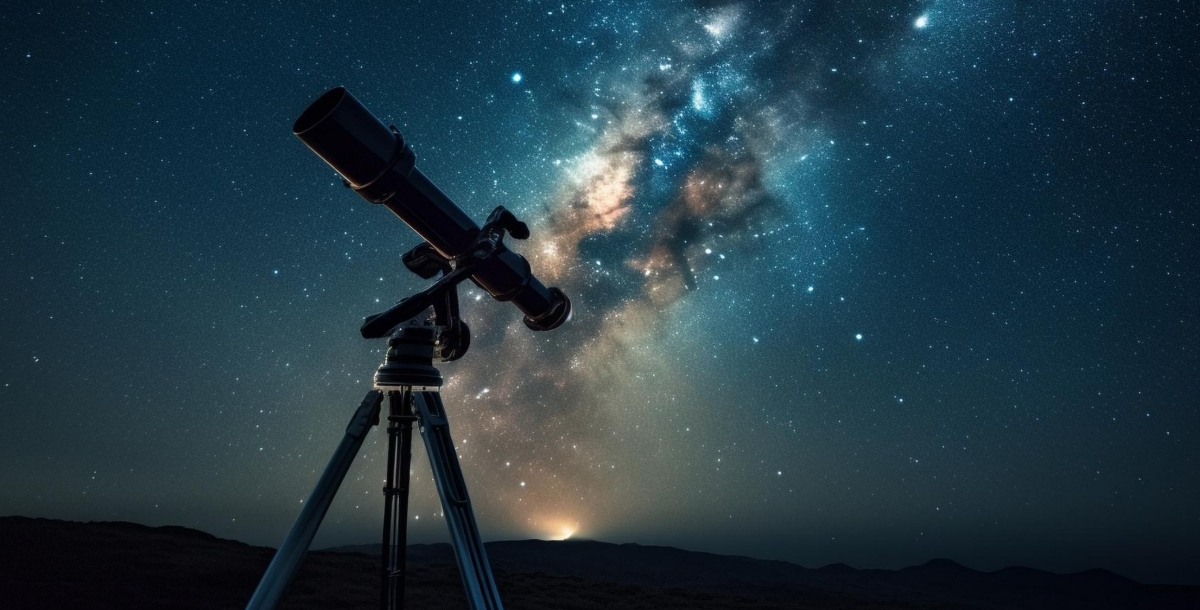
Astrophotography is a captivating aspect of night photography, offering the chance to capture the beauty of the night sky. To photograph stars, find a dark location away from city lights, use a wide aperture, and set your ISO high enough to capture the faint light of the stars without introducing too much noise. A long exposure will reveal the stars' trails, adding a mesmerizing effect to your images.
An additional tip would be to use a Photography Brochure Maker to assist you in presenting your astrophotography work professionally. Design brochures to distribute at galleries or events, showcasing your ability to capture the stunning night sky.
-
Focus Manually for Sharpness - Precision in Every Shot
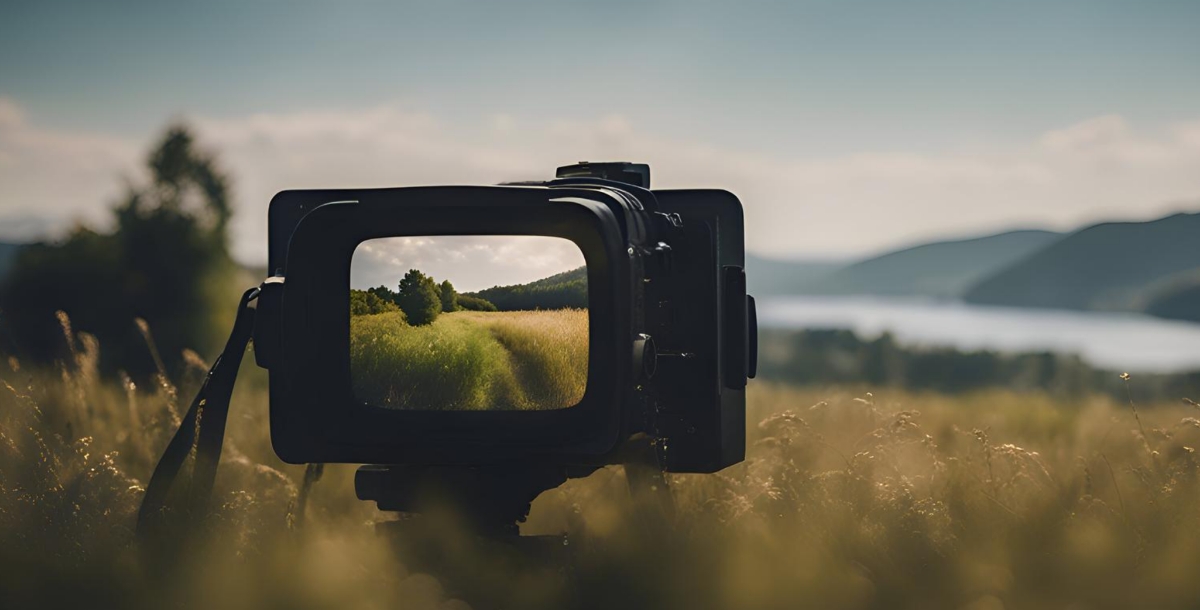
Autofocus systems struggle in low light, making manual focusing a better choice for night photography. Use your camera's live view mode and zoom in on a bright object to adjust your focus with precision. Ensuring your subject is sharply focused is crucial for capturing detailed and impactful night images.
Incorporating a Photography Flyer Templates tool can streamline the promotion of your night photography workshops or exhibits. Customizable templates make it easy to create eye-catching flyers that highlight the importance of techniques like manual focusing.
-
Play with Urban Lights
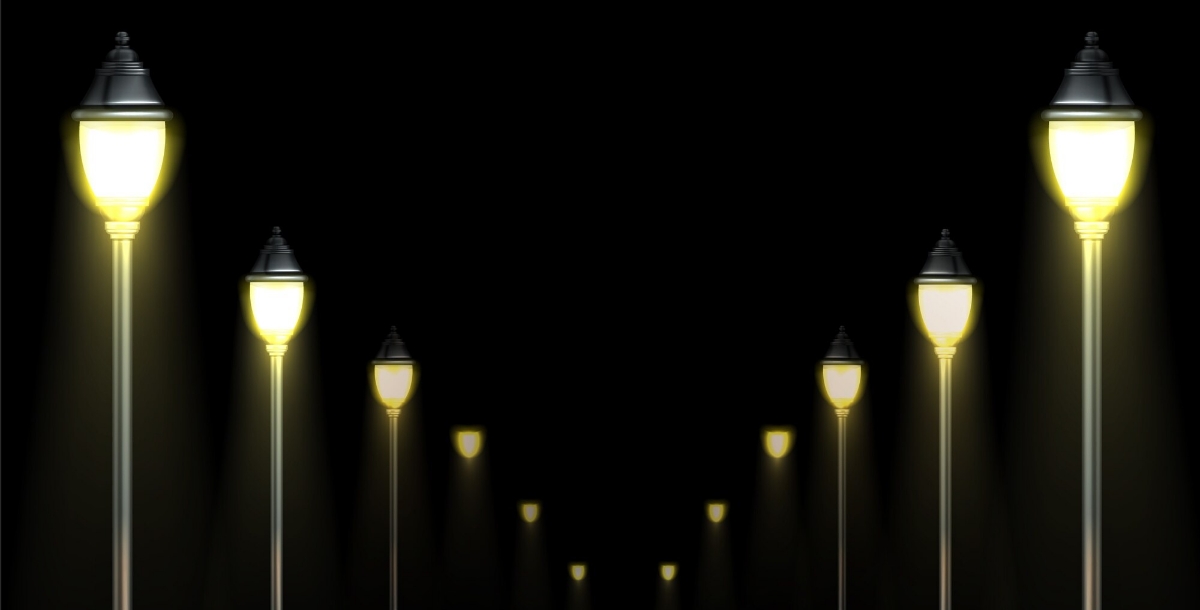
Urban night photography offers a playground of lights and colors. Capture the vibrancy of city life by photographing streets lined with illuminated signs, buildings, and moving vehicles. Experiment with different vantage points and compositions to find unique ways to portray the energy of the city at night.
Exploring Photo Sizes is crucial when preparing your urban night photographs for print or online display. Understanding the optimal sizes for different mediums ensures your images retain their quality and impact, whether viewed on a screen or hung on a wall.
-
Seek Out Reflections

Water bodies, wet streets, and glossy surfaces provide opportunities to capture reflections at night. These reflections can double the visual impact of your scene, adding symmetry and depth. Look for puddles, rivers, or any reflective surface to add an extra dimension to your night photographs.
Moreover, learning how to take a good photo through night photography can help you better understand the interplay of light and reflections. This knowledge not only enhances your night photography but also improves your overall photographic skills.
-
Experiment with Different Lenses

Different lenses can dramatically alter the look and feel of your night photographs. A wide-angle lens is ideal for capturing expansive night skies or cityscapes, while a telephoto lens can be used to isolate specific elements, such as a moonlit building. Experimenting with various lenses will expand your creative options and help you find new perspectives.
For those considering photography careers, mastering the use of different lenses in night photography is a valuable skill. It demonstrates versatility and a deep understanding of how to capture compelling images under challenging conditions.
-
Post-Process Your Images - Fine-Tune for Perfection

Post-processing is a powerful tool in night photography. Adjusting exposure, contrast, and color balance can bring out the best in your images. Software like an AI Photo Editor can be particularly useful, offering sophisticated tools to enhance details and reduce noise in your night photographs.
Creating a photography portfolio that includes your post-processed night photographs is essential for any photographer looking to showcase their work. A well-curated portfolio highlights your technical skills and creative vision, attracting potential clients or collaborators.
Conclusion
Night photography is a rewarding field that challenges photographers to think creatively and technically. By mastering these ten techniques, you'll be well-equipped to capture the beauty and intrigue of the night. Remember, each night shoot is an opportunity to experiment and learn. Embrace the unpredictability and keep pushing the boundaries of what can be achieved with your camera after dark.
The journey of learning night photography is ongoing. Continuously seek out new night photography ideas, tutorials, and inspiration. Whether you're refining your skills in capturing the Milky Way or experimenting with light painting, the night offers endless possibilities for the creative photographer. Keep exploring, keep shooting, and most importantly, enjoy the process of discovering the night through your lens.
Related Articles
- Jan Koum, the WhatsApp Builder who went from rags to riches…for real!
- 25 Best Database Management Software for 2023
- Mastering Communication Styles in Customer Service
- Top 20 Fancy Font Generators in 2024
- 25 Best Restaurant Websites That Will Help You Develop Your Own
- How to Make RACI Charts for Project Management? (With Examples)
- The 9 Free Online Scheduling Tools to Supercharge Your Productivity
- Mint Color: All You Need to Know
- 15 Effective Ways to Increase Your Retail Clothes Business Sales
- 11 Best Legal AI Chatbots in 2023
